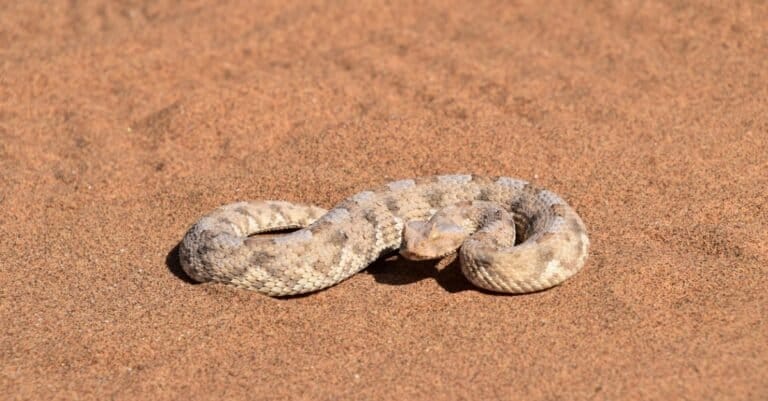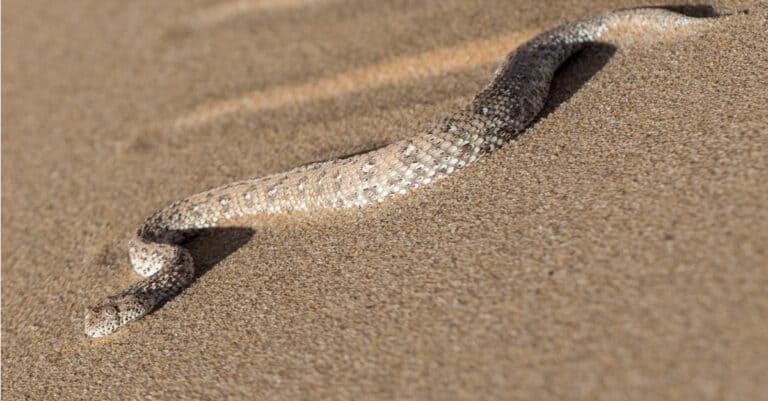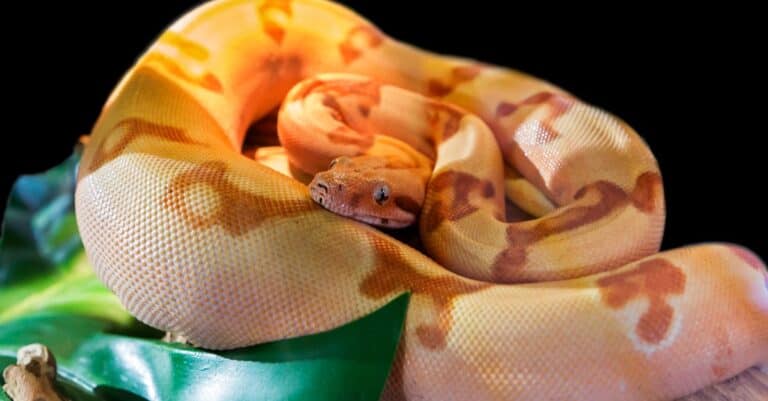Sidewinder Animal Pictures
Crotalus cerastes
© Roger de Montfort/Shutterstock.com
Advertisement
A Sidewinder Snake lying in the desert
Sidewinders are pit vipers, so they have a pit (hole) on each side of their snout.
Snake in the Namib desert
Horned vipers are native to Africa
Amazing Desert Animals: Sidewinder
Sidewinders get their name from their unique form of side-stepping locomotion that is an adaptation for moving across loosely packed desert sands.
Peringuey adder on the sand
Sidewinders leave a distinct trail as they travel across the sand.
Sidewinders have rough-textured scales.
Venomous Sidewinder Rattlesnake (Crotalus cerastes) with forked tongue lying on the desert sand.
Boa Imperator (lat. Sunglow Max Carame). It is a species of nonvenomous snakes. The average length is from 1.3 to 2.5 m, but can reach 3.7 m. The average weight is about 6 kg.
Sidewinder rattlesnakes are well known for their sidewinding movement.







